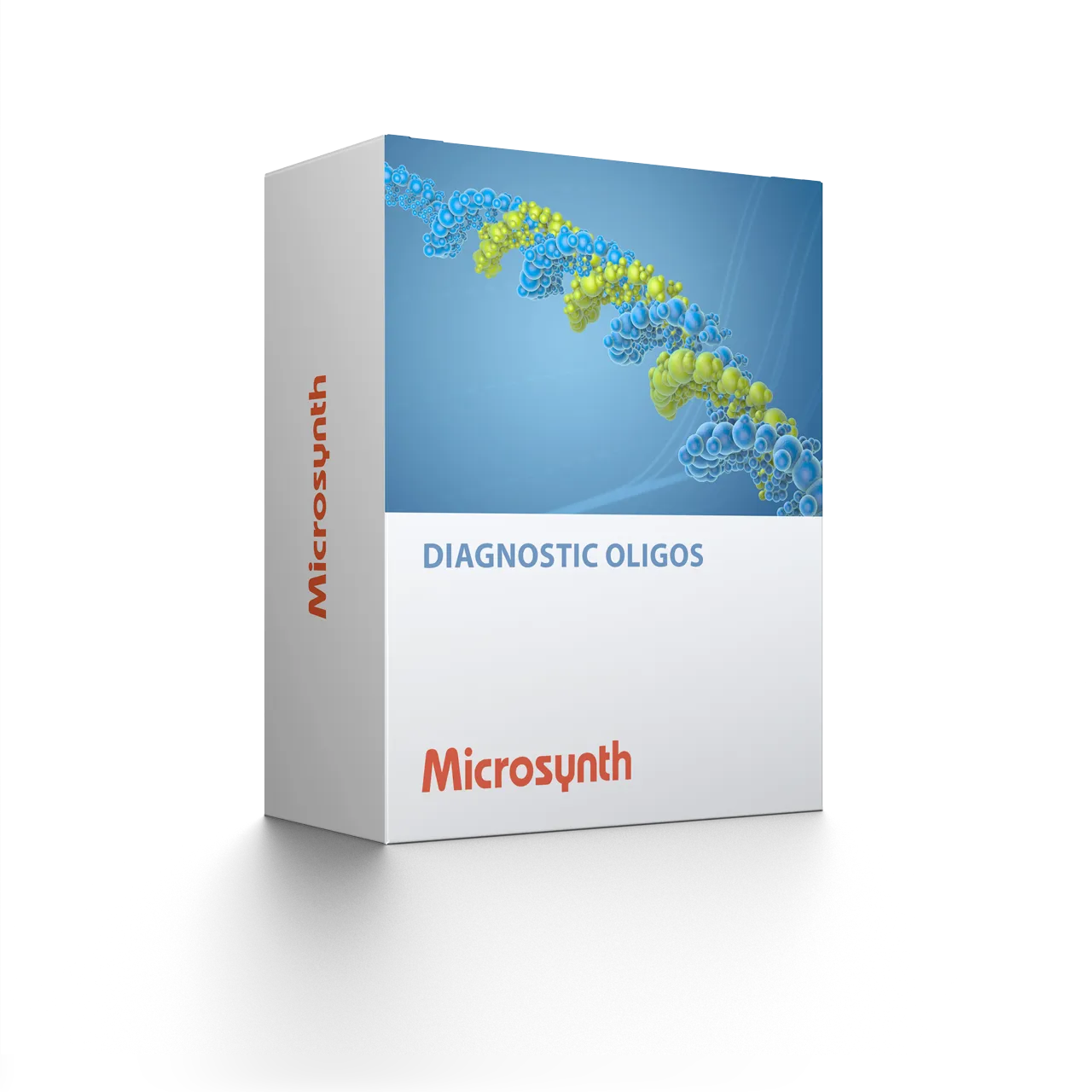
Back to top
Probe Design Service

Effective probe design is a critical aspect of successful in vitro diagnostics (IVD). By avoiding key pitfalls in this process, you'll save valuable time during early development and increase your chances of realizing success in later phases.
With over 20 years of experience in probe design and assay development, Microsynth's assaying department is well-equipped to support your probe design needs in two distinct ways:
- For low complexity designs such as singleplex- or multiplex qPCR/ddPCR, in-house or lab-developed testing, our open-source design tools and design guidelines empower you to create your own probes.
- Meanwhile, for more intricate designs involving splice-specific targets, multiplexing, SNPs, CNVs, or specialized chemistries like LNA/MGB/Propynyl, especially for commercial or regulatory purposes, you can rely on Microsynth's expertise in relation to in-house design and assay development capabilities.
By choosing Microsynth for probe design and assay development, you'll benefit from our extensive knowledge and resources in terms of achieving accurate and reliable results for your IVD projects.
Low Complexity Designs
Low complexity designs
Dual-labeled probe assays are the most common assays in the field of real-time PCR. Dual-labeled probe assays are usually more specific than SYBR Green assays. Furthermore, setting up a probe-based assay also requires fewer optimization steps and the analysis results are easier to interpret. And by using well-designed, high-quality probes in your analysis, you can reduce the cost of assay optimization and possible error correction and repetition of your measurements compared to SYBR Green assays. This means, your analysis will be faster and more cost-effective.
Due to the availability of various free online software tools, good assay design for a singleplex assay involving a dual-labeled probe (also called hydrolysis or TaqMan probe) is easy to perform and does not require detailed knowledge (one must simply keep in mind these key design guidelines).
Microsynth can recommend the following design tools that make it easy to design highly customized primers and dual-labeled probes for routine qPCR applications:
- Primer-BLAST
Primer-BLAST was developed at the NCBI to help users make primers that are specific to the intended PCR target. It uses Primer3 to design PCR primers and then uses BLAST and global alignment algorithms to screen primers against the user-selected database in order to avoid primer pairs (all combinations including forward-reverse primer pair, forward-forward as well as reverse-reverse pairs) that can cause non-specific amplifications. Ye J, Coulouris G, Zaretskaya I, Cutcutache I, Rozen S, Madden T (2012). Primer-BLAST: A tool to design target-specific primers for polymerase chain reaction. BMC Bioinformatics. 13:134. - Primer3Plus
Steve Rozen and Helen J. Skaletsky (2000) Primer3 on the WWW for general users and for biologist programmers. In: Krawetz S, Misener S (eds) Bioinformatics Methods and Protocols: Methods in Molecular Biology. Humana Press, Totowa, NJ, pp 365-386
More Complex Designs
More complex designs (available on request)
When planning experiments that require more complex assay design considerations, such as splice-specific, multiplexing, SNPs, and CNV designs, or special chemistry (LNA/MGB/Propynyl) you can rely on Microsynth’s extensive experience in this field (covering more than two decades) as well as specific professional design tools for such demanding applications.
If you require any additional assistance with designing primers and probes, please contact us at myproject@microsynth.ch. When writing, please ensure you specify the following details:
- Experimental goal (expression analysis, detection of pathogen, etc.)
- Accession number(s) or alternatively the gene sequences of your target
- Desired synthesis scale as well as 5’- and 3’-labels

